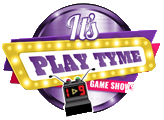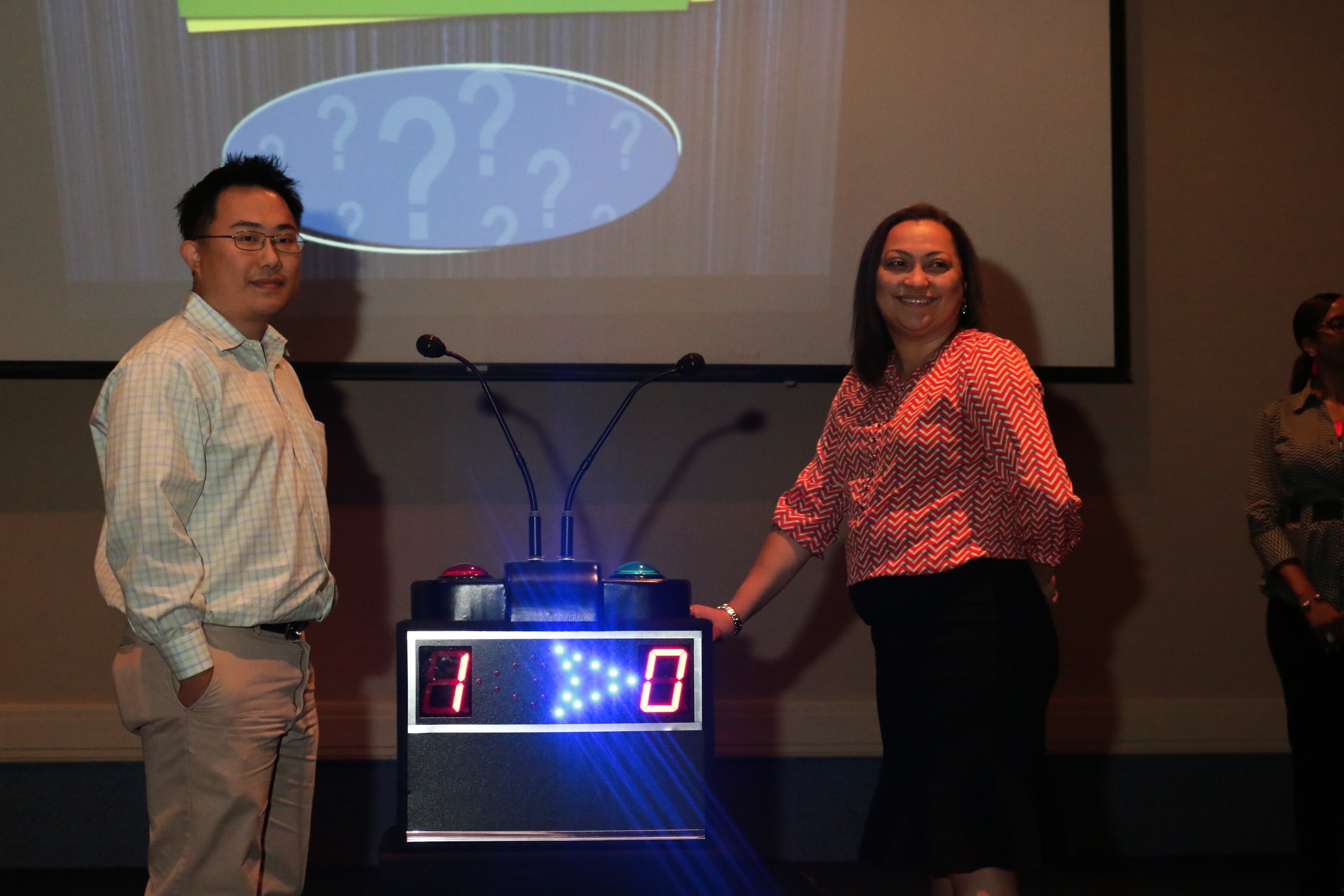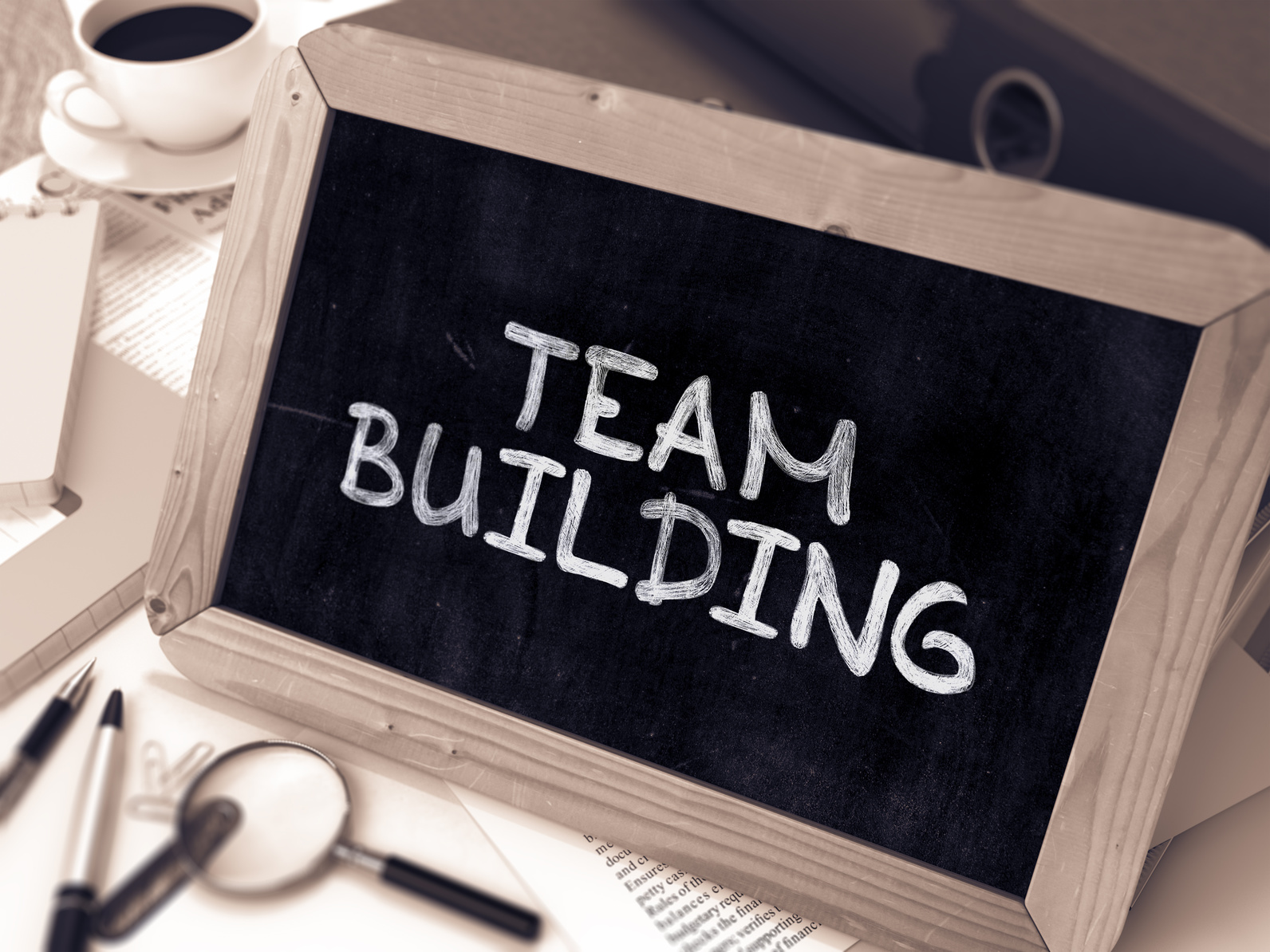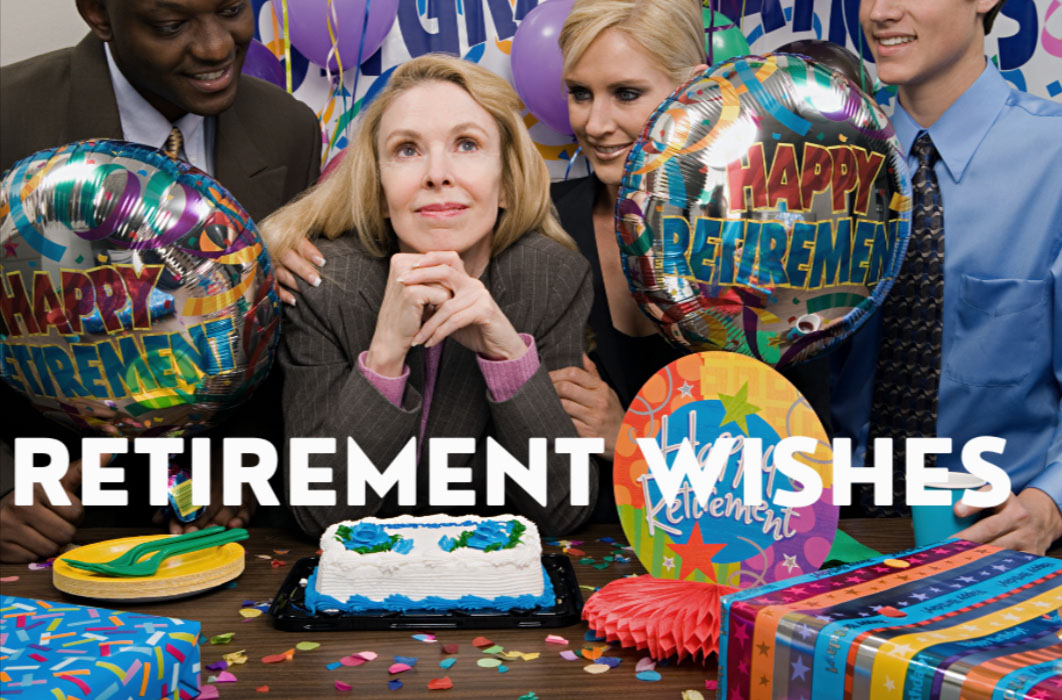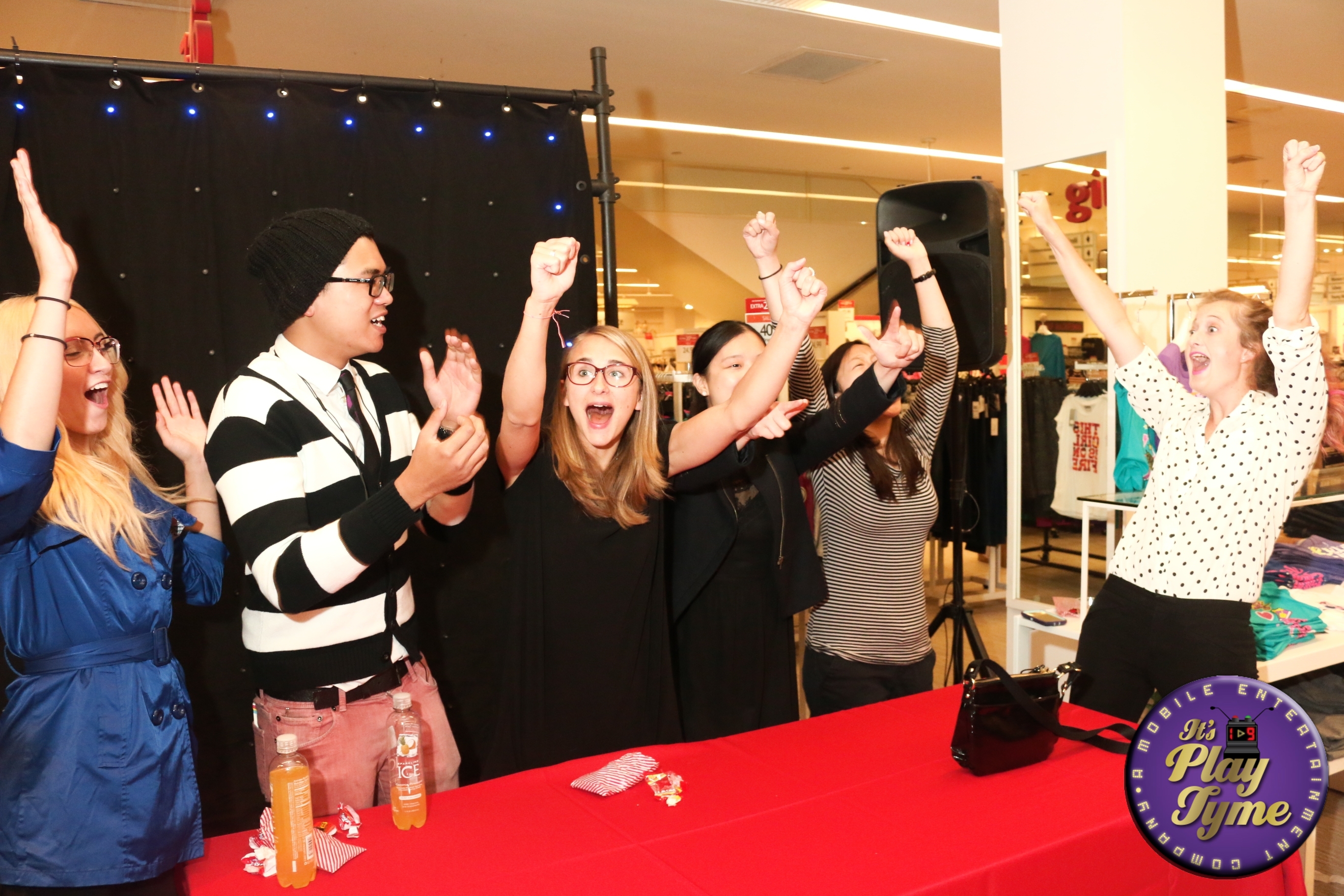Reinvigorating team spirit is crucial during this transition. Creative activities can help foster collaboration and rebuild connections. Companies that have already implemented such initiatives report improved morale and productivity.
This guide will provide actionable insights to make the process smoother. From engaging games to thoughtful incentives, you’ll discover strategies to boost workplace dynamics. Let’s explore how to create a positive and collaborative environment for everyone.
Key Takeaways
- 90% of companies are shifting back to office work in 2023.
- Mixed employee sentiment highlights the need for creative solutions.
- Team-building activities enhance collaboration and trust.
- Engaging ideas can boost morale and productivity.
- This guide offers actionable strategies for a smooth transition.
Understanding the New Office Landscape
The workplace is undergoing a significant transformation as employees shift back from remote settings. This change brings both opportunities and challenges. Companies must adapt to create a seamless transition for their team members.
Bridging the Remote Experience
Remote work allowed flexibility but often led to missed connections. Brief digital interactions couldn’t replace the depth of in-person collaboration. Rebuilding trust and camaraderie is essential for a cohesive team.
Activities like virtual icebreakers can help bridge the gap. These games encourage open communication and foster a sense of belonging. They also prepare employees for more meaningful in-person interactions.
Embracing In-Person Collaboration
In-person work offers unique benefits. Face-to-face interactions enhance creativity and problem-solving. Creative activities can strengthen bonds and improve group dynamics.
View this transition as an opportunity for deeper engagement. By embracing change, you can create a more connected and productive workplace.
The Importance of a Smooth Transition
Employee engagement is key to navigating the move to a physical workspace. A well-planned shift ensures that everyone feels valued and supported. Studies show that 70% of employees prefer flexibility, but in-person collaboration can boost creativity and problem-solving.
Targeted activities can make this change easier. For example, interactive games or group discussions can help rebuild connections. These efforts foster a sense of belonging and reduce stress during the transition.
Employee Engagement and Morale
Clear communication is essential. Regular updates and feedback mechanisms can increase engagement by 30%. When employees feel heard, they’re more likely to embrace the new environment.
Real-world examples highlight the benefits of thoughtful planning. Companies like YouParcel saw a 40% improvement in collaboration after implementing structured activities. These initiatives not only build trust but also enhance productivity.
Here are actionable strategies to ensure a seamless changeover:
- Organize weekly fun activities to encourage interaction.
- Provide small gifts or incentives to show appreciation.
- Use surveys to gather feedback and adjust plans accordingly.
By prioritizing engagement, you can create a positive and productive workspace for everyone.
Return to Office Team Building
The shift to in-person work brings unique opportunities to strengthen employee connections. By focusing on structured activities, companies can foster collaboration and trust. This approach ensures a smooth transition and enhances overall productivity.
Why It Matters for Your Company
Team building is essential for creating a cohesive environment. It helps employees feel valued and connected, which boosts morale. Studies show that companies with strong social networks see 40% higher collaboration rates.
In-person activities allow for deeper engagement. Face-to-face interactions improve problem-solving and creativity. This leads to measurable business results, such as increased innovation and efficiency.
Leveraging Team Dynamics for Success
Effective team dynamics rely on structured planning. Activities like scavenger hunts or trivia games enhance communication and trust. These efforts align with broader corporate strategies, ensuring long-term success.
Here’s how to integrate engaging activities:
- Organize weekly events to encourage interaction.
- Use surveys to gather feedback and adjust plans.
- Align activities with company goals for maximum impact.
| Activity | Benefits |
|---|---|
| Scavenger Hunts | Enhances collaboration and problem-solving |
| Trivia Games | Boosts communication and team bonding |
| Volunteer Days | Improves company visibility and morale |
By investing in team building, companies create a positive and productive workspace. These efforts not only strengthen relationships but also drive measurable results.
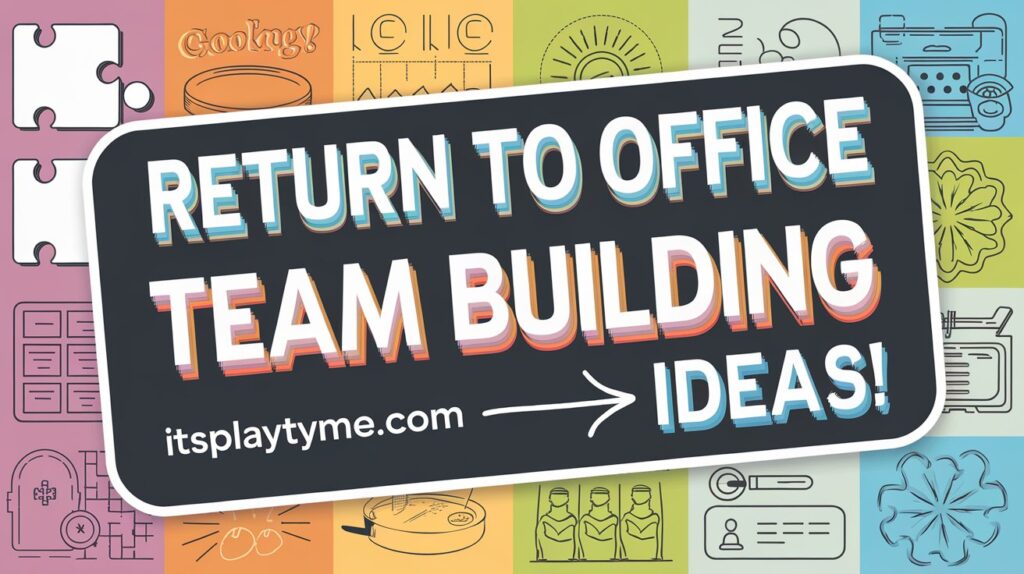
return to office ideas
Engaging Group Activities for Connection
Creative group activities can reignite connections and foster collaboration in any setting. Whether you’re looking to break down silos or celebrate milestones, these ideas will help you create a fun and engaging environment.
Interactive Games and Icebreakers
Interactive games are a great way to encourage participation and build trust. For example,
Return to Office Bingo is a fun activity that helps employees share personal experiences. Each square on the bingo card can include prompts like “Worked remotely for over a year” or “Visited a new city.”
Another popular idea is trivia. Organize a trivia night with questions about company history or pop culture. This activity not only boosts knowledge sharing but also strengthens group dynamics.
Icebreakers like “Two Truths and a Lie” or “Never Have I Ever” are simple yet effective. These games encourage open communication and help team members learn more about each other.
Capture Memories with Photo Recaps
Photo recaps are a creative way to celebrate personal and professional milestones. After an event or activity, compile photos into a slideshow or collage. Share it with the group to relive the fun moments.
This approach not only captures memories but also reinforces team bonds. For example, after a lunch outing or a volunteer day, create a photo recap to highlight the experience.
Here’s how to organize engaging events:
- Plan weekly activities to encourage interaction.
- Use surveys to gather feedback and improve future events.
- Align activities with company goals for maximum impact.
For more ideas on interactive games, check out this guide on team building trivia.
By incorporating these activities, you can create lasting memories and a stronger, more connected group.
Incorporating Creative Icebreaker Activities
Creative icebreaker activities can transform initial awkwardness into meaningful connections. These games are essential for easing employees back into a shared space. They foster personal bonds and create a welcoming atmosphere.
Icebreakers are particularly effective for revealing interesting facts about colleagues. This helps build trust and rapport. Activities like “Two Truths and a Lie” or “Human Bingo” are simple yet impactful.
Fun Questions and Personal Trivia
Fun questions and trivia are excellent tools for sparking conversations. For example, asking “What’s your hidden talent?” or “What’s the strangest job you’ve ever had?” can lead to surprising answers. These questions encourage personal sharing and laughter.
Trivia games are another engaging option. Create a quiz about company history or pop culture. This not only boosts knowledge sharing but also strengthens team dynamics.
Here’s how to execute these activities effectively:
- Start with quick icebreakers like “Two Truths and a Lie” to set the tone.
- Use trivia to encourage friendly competition and learning.
- Incorporate varied formats to keep sessions fresh and engaging.
For more ideas, explore these fun Christmas icebreaker questions to add a festive twist.
| Activity | Benefits |
|---|---|
| Two Truths and a Lie | Encourages personal sharing and laughter |
| Human Bingo | Promotes interaction and connection |
| Trivia Games | Boosts knowledge sharing and team bonding |
By incorporating these activities, you can create a positive and collaborative environment. They not only reduce awkwardness but also strengthen relationships among team members.
Team Building Charity Initiatives
Combining charitable efforts with team activities can create a meaningful and impactful experience for everyone involved.
These initiatives not only give back to the community but also strengthen bonds among colleagues. By integrating philanthropy into your company culture, you foster a sense of purpose and unity.

Volunteer-Based Activities
Volunteer-based activities are a powerful way to unite your team while making a difference. Organizing a food drive or participating in a community clean-up can bring people together for a common cause. These activities encourage collaboration and empathy, creating lasting memories.
For example, a “give back day” can be a transformative experience. Employees can choose from various volunteer opportunities, such as helping at a shelter or mentoring students. This idea not only benefits the community but also enhances team bonding.
Random Acts of Kindness
Random acts of kindness can turn a regular team event into something extraordinary. Simple gestures, like writing thank-you notes or surprising colleagues with small gifts, can boost morale. These actions create a positive atmosphere and reinforce a culture of generosity.
For instance, you could organize a “kindness challenge” where employees perform daily acts of kindness. This fun activity encourages creativity and strengthens relationships. It’s a simple yet effective way to make a big impact.
“Organizations that incorporate philanthropy into their mission statements often experience higher employee motivation and engagement levels.”
Here’s how to plan charitable initiatives effectively:
- Choose causes that align with your company values.
- Encourage employee participation by offering flexible options.
- Celebrate the impact of your efforts to keep everyone motivated.
| Activity | Benefits |
|---|---|
| Food Drives | Fosters teamwork and community support |
| Community Clean-Ups | Promotes environmental awareness and collaboration |
| Kindness Challenges | Boosts morale and strengthens relationships |
By integrating charitable initiatives, you create a workplace that values giving back. These efforts not only enhance team building but also leave a lasting positive impact. For more fun and engaging ideas, explore these indoor team-building activities to keep the momentum going.
Practical Incentives for Office Return
Transitioning back to a shared workspace requires thoughtful incentives to motivate employees. Providing practical benefits can make the shift smoother and more appealing. Tailored perks and flexible arrangements show your company values its workforce.
Flexible Work Arrangements and Perks
Flexible hours are a top priority for many employees. Offering options like staggered shifts or hybrid schedules can significantly boost satisfaction. According to recent studies, 80% of employees prefer flexible working arrangements, which can also enhance productivity.
Perks like childcare support and commuting benefits are equally impactful. These additions address common challenges, making it easier for employees to focus on their work. For example, companies like Google provide on-site childcare, which has led to higher retention rates.
Here are some practical tips to consider:
- Introduce a gift package for employees returning to the workspace.
- Offer free meals or snacks during the first week back.
- Provide commuting allowances or transportation vouchers.
| Incentive | Benefits |
|---|---|
| Flexible Hours | Improves work-life balance and productivity |
| Childcare Support | Reduces stress and increases retention |
| Commuting Benefits | Eases the transition and boosts morale |
Tailoring incentives to your employees’ needs ensures they feel valued. Clear communication about these perks can also enhance engagement. By taking these steps, your company can create a supportive and motivating environment.
“Organizations that prioritize employee well-being through tailored incentives see higher levels of engagement and loyalty.”
Implementing these strategies not only eases the transition but also fosters a positive workplace culture. Start by identifying what matters most to your employees and build your incentive program around those priorities.
Innovative Ideas for Welcoming Employees Back
Reuniting employees in a shared space calls for creative and engaging strategies to make the transition enjoyable. A warm welcome can set the tone for a positive and collaborative environment. Start with activities that foster connection and celebrate the reunion.
Welcome Back Lunches and Social Mixers
Organizing a lunch is a simple yet effective way to create an inclusive atmosphere. Complimentary meals encourage socialization and help employees reconnect. Consider themed lunches to add a fun twist to the event.
Social mixers are another great idea. Activities like trivia or icebreaker games can break the ice and spark conversations. These events not only boost morale but also strengthen bonds among colleagues.
Here are some actionable tips for planning a memorable welcome:
- Choose a comfortable venue for the lunch or mixer.
- Incorporate interactive games to encourage participation.
- Gather feedback to improve future events.
Happy Hour Events for Casual Connections
A happy hour is a relaxed way to celebrate the reunion. It provides an opportunity for employees to unwind and connect in a casual setting. Offer a variety of refreshments and snacks to make the event enjoyable.
These gatherings can also include fun activities like photo booths or mini-games. Such ideas create lasting memories and reinforce a sense of belonging.
For more inspiration, explore these welcome back to the office ideas to make your team feel valued and connected.
By implementing these strategies, you can create a welcoming environment that boosts morale and fosters collaboration. Start planning today to make the transition smooth and enjoyable for everyone.
Office Gifts and Survival Kits
Thoughtful gestures can make a big difference when welcoming employees back. Creative gift ideas show appreciation and help them settle in quickly. From desk essentials to customized packages, these items create a warm and engaging atmosphere.
Thoughtful Desk Essentials
Desk essentials make the office feel like home. Items like eco-friendly notebooks, stainless steel tumblers, and practical supplies are both functional and meaningful. These gifts boost productivity while showing employees they’re valued.
For example, a curated snack box or a bamboo coaster set can add a personal touch. Handy tech gadgets like USB hubs or desk organizers are also great ideas. These items not only enhance the workspace but also serve as conversation starters.
Customized Welcome Packages
Customized packages leave a lasting impression. Include personalized notes, self-care kits, or branded water bottles. These gifts show thoughtfulness and help employees feel connected to the team.
For a creative twist, consider adding a Rubik’s Cube or a 200-piece jigsaw puzzle. These small touches can make the transition smoother and more enjoyable. They also reinforce a sense of belonging and camaraderie.
For more inspiration on creating meaningful connections, explore these team-building activities for small groups. By investing in thoughtful gifts, you can create a positive and productive environment from day one.
Enhancing Office Safety and Technological Measures
Ensuring a safe and tech-ready workspace is essential for a smooth transition. As employees adapt to in-person work, upgrading safety protocols and modernizing technology are critical steps. These measures not only protect your workforce but also boost productivity and trust.
Upgraded Safety Measures
Enhanced safety protocols are a top priority. Start with improved sanitation practices, such as regular cleaning of high-touch areas. Social distancing markers and capacity limits can further reduce risks. These steps show your commitment to employee well-being.
Digital tools like contact tracing apps and self-assessment platforms add an extra layer of security. For example, a digital seat booking system can help manage office occupancy. These innovations ensure a safer environment while maintaining efficiency.
Modernizing the Tech Stack
A modern tech stack is equally important. Upgrading software and hardware ensures seamless collaboration. Tools like cloud-based platforms and video conferencing systems keep everyone connected. This strategy minimizes disruptions and enhances productivity.
For instance, integrating AI-driven tools can streamline workflows. These solutions provide real-time insights and automate repetitive tasks. By investing in cutting-edge technology, you create a more efficient and secure workplace.
- Conduct regular safety audits to identify areas for improvement.
- Provide training on new tools to ensure smooth adoption.
- Use data analytics to monitor and optimize work processes.
By prioritizing safety and technology, you build a workplace that employees trust. These efforts not only enhance productivity but also foster a positive culture. For more insights on creating a cohesive environment, explore these effective team-building methods.
Top Corporate Return Strategies
Global companies are setting the standard for effective workplace transitions. By analyzing their strategies, you can gain valuable insights to guide your own approach.
These examples highlight how leading organizations are redefining the way employees reintegrate into shared spaces.
Lessons from Global Leaders
Companies like Amazon and Apple have implemented hybrid models to balance flexibility and collaboration. For example, Amazon introduced a policy allowing employees to choose their in-office days. This approach fosters autonomy while maintaining face-to-face interactions.
Apple, on the other hand, focuses on enhancing the office experience. They’ve upgraded workspaces with advanced technology and collaborative zones. These changes aim to make in-person work more engaging and productive.
According to McKinsey, successful transitions depend on fostering collaboration and connectivity. These practices are critical for boosting employee satisfaction and performance.
Adapting Strategies to Your Team
To apply these lessons, start by assessing your team’s needs. Consider flexible schedules or hybrid models to accommodate diverse preferences. For instance, DoorDash offers remote options for certain roles while encouraging in-person collaboration for others.
Another effective strategy is investing in workplace upgrades. Pinterest redesigned its office spaces to include wellness areas and creative hubs. These changes create a more inviting environment for employees.
Here’s a quick comparison of top corporate approaches:
| Company | Strategy | Outcome |
|---|---|---|
| Amazon | Hybrid model with flexible in-office days | Increased employee autonomy |
| Apple | Enhanced office technology and collaborative spaces | Improved engagement and productivity |
| Redesigned office with wellness areas | Higher employee satisfaction |
By aligning your approach with these proven strategies, you can create a seamless transition for your team. Focus on flexibility, collaboration, and employee well-being to drive success.
Planning and Executing a Successful Team Building Event
Effective planning is the cornerstone of any successful team building activity. From setting clear objectives to coordinating logistics, every detail matters.
A well-executed event can strengthen relationships, boost morale, and foster collaboration.

Event Planning Must-Haves
Start by defining the purpose of your event. Are you aiming to improve communication, celebrate milestones, or simply have fun? A clear goal ensures your idea aligns with your team’s needs. Next, consider the logistics:
- Time: Allocate sufficient time for preparation. Smaller events may take 4-6 weeks, while larger ones require 4-6 months.
- Location: Choose a venue that accommodates your group size and activity type.
- Budget: Include costs for food, transportation, and activity providers.
For example, a scavenger hunt or trivia game can be a great part of your event. These activities encourage participation and teamwork.
Best Ways to Drive Employee Engagement
Engagement is key to a successful event. Use surveys to gather input on preferred activities. This ensures your team building activity resonates with everyone. On the day of the event, keep the energy high with a well-structured agenda.
Here’s a checklist to help you stay organized:
- Confirm the venue and schedule in advance.
- Provide clear instructions for each activity.
- Allocate an hour for breaks to keep participants refreshed.
According to McKinsey, “Engaged employees are 21% more productive.” This highlights the importance of creating meaningful experiences.
| Activity | Engagement Level |
|---|---|
| Scavenger Hunt | High |
| Trivia Night | Moderate |
| Volunteer Day | High |
By following these steps, you can plan an event that leaves a lasting impact. Remember, the right idea and execution can transform your team’s dynamics.
Conclusion
Creating a vibrant workplace culture starts with thoughtful planning and execution. By focusing on engaging activities like scavenger hunts and happy hours, you can bridge the gap between remote and in-person settings.
These efforts not only strengthen bonds but also boost morale and productivity.
Key strategies include flexible schedules, wellness programs, and modernized workspaces.
These initiatives show your commitment to employee well-being and foster a sense of belonging. Lessons from global leaders highlight the importance of balancing flexibility with collaboration.
Take the first step today. Plan events that align with your team’s needs and create a space where everyone thrives. A well-executed strategy ensures a smooth transition and a thriving workplace culture.
